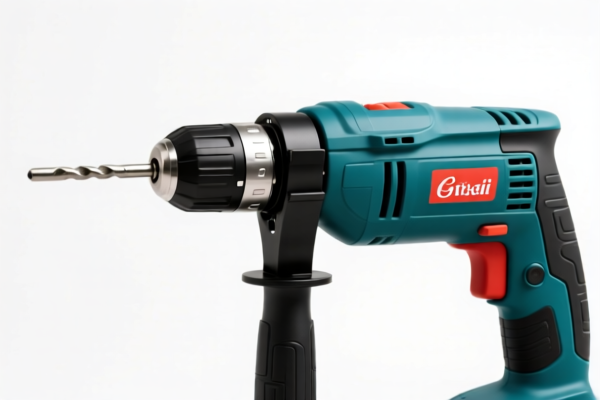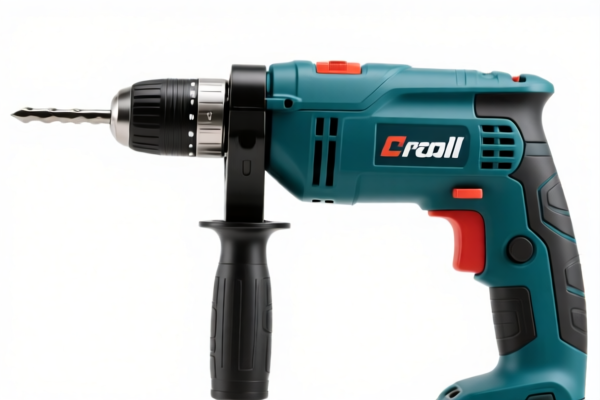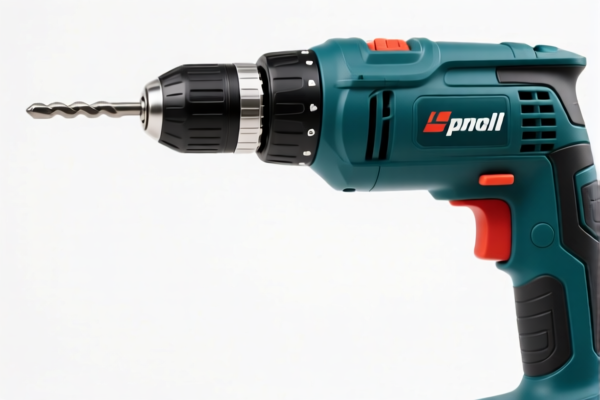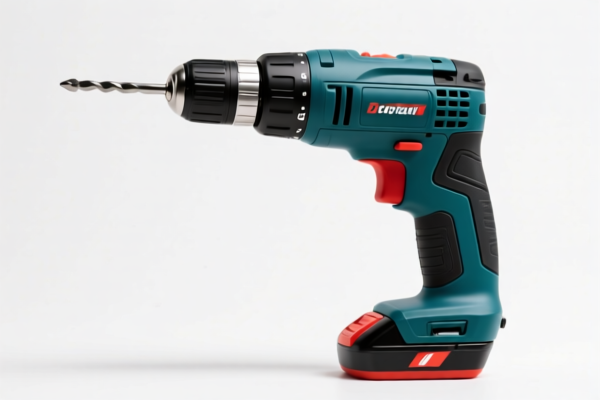| HS Code | Official Doc | Tariff Rate | Origin | Destination | Effective Date |
|---|---|---|---|---|---|
| 8467210030 | Doc | 31.7% | CN | US | 2025-05-12 |
| 8467210070 | Doc | 31.7% | CN | US | 2025-05-12 |
| 8487900080 | Doc | 83.9% | CN | US | 2025-05-12 |
| 8487900040 | Doc | 58.9% | CN | US | 2025-05-12 |
| 8501343000 | Doc | 57.8% | CN | US | 2025-05-12 |
| 8501402020 | Doc | 58.3% | CN | US | 2025-05-12 |
| 8543708000 | Doc | 55.0% | CN | US | 2025-05-12 |
| 8543906800 | Doc | 55.0% | CN | US | 2025-05-12 |




Drill Driver
A drill driver is a power tool primarily used for making holes and driving fasteners (screws, bolts, etc.). It combines the functionalities of a traditional drill with the controlled torque and precision of a screwdriver, making it a versatile tool for a wide range of applications.
Material
Drill drivers are typically constructed from a combination of materials:
- Housing: Often made from durable plastics (ABS, polycarbonate) for impact resistance and ergonomic grip, sometimes with rubber overmolds for enhanced comfort.
- Motor: Electric motors are standard, with brushed or brushless designs. Brushless motors are more efficient, longer-lasting, and often more powerful.
- Gears: Steel gears provide the power transmission from the motor to the chuck.
- Chuck: Typically made of steel or composite materials, designed to securely hold drill bits and screwdriver bits.
- Battery (Cordless Models): Lithium-ion batteries are most common due to their high energy density, relatively light weight, and lack of memory effect.
- Internal Components: Various metals, plastics, and electronic components comprise the internal circuitry and control systems.
Purpose
The primary purposes of a drill driver are:
- Drilling Holes: Creating holes in wood, metal, plastic, and other materials.
- Driving Fasteners: Inserting and removing screws, bolts, and other fasteners.
- Light-Duty Mixing: Some models can be used with mixing attachments for stirring paint, epoxy, or other fluids.
Function
A drill driver operates through the following key functions:
- Variable Speed Trigger: Controls the rotational speed of the drill bit or driver bit.
- Torque Control: Adjustable clutch settings limit the amount of rotational force applied, preventing stripping of screws or damage to materials. Higher torque settings are for larger fasteners or harder materials.
- Forward/Reverse Switch: Allows for both clockwise (driving/drilling) and counter-clockwise (removing) operation.
- Chuck Key/Keyless Chuck: Securely holds and releases drill bits and driver bits. Keyless chucks offer faster bit changes.
- Clutch Settings: Multiple clutch settings allow for precise control of driving depth and prevent over-tightening.
- LED Work Light: Illuminates the work area for better visibility.
Usage Scenarios
Drill drivers are used in a wide variety of applications, including:
- Construction: Framing, drywall installation, roofing, flooring.
- Woodworking: Assembling furniture, building cabinets, installing shelves.
- Home Repair: Hanging pictures, installing fixtures, general maintenance.
- Automotive Repair: Removing and installing screws and bolts.
- Electrical Work: Installing electrical boxes and fixtures (with appropriate insulated bits).
- Plumbing: Installing pipes and fixtures.
Common Types
- Corded Drill Drivers: Powered by an AC power source, offering consistent power but limited portability.
- Cordless Drill Drivers: Powered by rechargeable batteries, providing portability and convenience. These are the most common type for general use.
- Impact Drivers: A specialized type of drill driver that delivers rotational impacts in addition to rotational force, making them ideal for driving large fasteners or working with tough materials. They are distinct from drill/drivers despite the similar appearance.
- Hammer Drill Drivers: Include a hammering action for drilling into masonry and concrete.
- Right-Angle Drill Drivers: Designed for drilling in tight spaces.
- Mid-Range/Heavy-Duty Drill Drivers: Higher voltage and more powerful motors for demanding applications.
- Compact Drill Drivers: Smaller and lighter for use in confined spaces and for delicate tasks.
Drill drivers are tools designed for driving screws and drilling holes, typically powered by electricity. They are commonly used in construction, woodworking, and general repair applications.
The following HS codes are relevant to drill drivers, based on the provided information:
- 8467210030: Tools for working in the hand, pneumatic, hydraulic or with self-contained electric or nonelectric motor, and parts thereof: With self-contained electric motor: Drills of all kinds Rotary: Other: With a chuck capacity of less than 12.7 mm. This code covers electric drills, specifically rotary drills with a chuck capacity under 12.7 mm. The basic tariff is 1.7%, with no additional tariff currently, but a 30% additional tariff will apply after April 2, 2025, resulting in a total tariff of 31.7%.
- 8467210070: Tools for working in the hand, pneumatic, hydraulic or with self-contained electric or nonelectric motor, and parts thereof: With self-contained electric motor: Drills of all kinds Other, including hammer drills. This code covers other types of electric drills, including hammer drills. The basic tariff is 1.7%, with no additional tariff currently, but a 30% additional tariff will apply after April 2, 2025, resulting in a total tariff of 31.7%.
Please Note: The applicable tariff for both HS codes 8467210030 and 8467210070 will increase to 31.7% after April 2, 2025, due to the implementation of a 30% additional tariff. It is important to consider the chuck capacity of the drill driver when selecting the appropriate HS code.
Customer Reviews
No reviews yet.